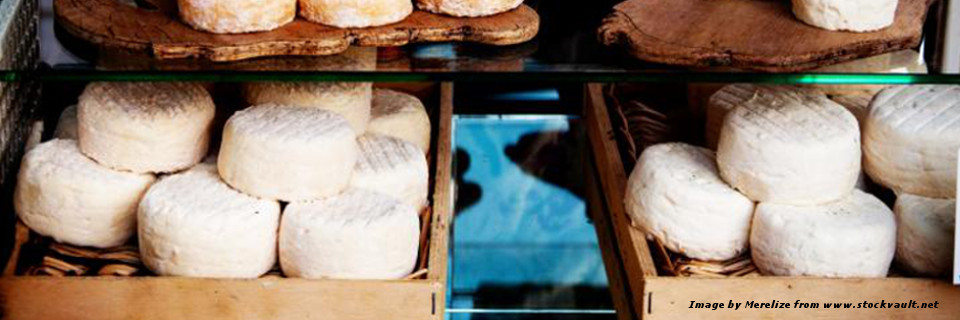Ricerca
Behaviour of Escherichia coli O157:H7 during the manufacture and ripening of an Italian traditional raw goat milk cheese

26/01/2017
Elena Cosciani-Cunico1, Elena Dalzini1, Stefano D'Amico1, Chiara Sfameni1, Barbara Bertasi1, Marina Nadia Losio1, Federica Giacometti2, Paolo Daminelli1
1Laboratorio di Microbiologia degli Alimenti, Istituto Zooprofilattico Sperimentale della Lombardia e dell'Emilia Romagna B. Ubertini, Brescia
2Dipartimento di Scienze Mediche Veterinarie, Università Bologna, Ozzano dell'Emilia (BO), Italy
Italian Journal of Food Safety 2014; volume 3:2243
© E. Cosciani-Cunico et al., 2014 Licensee PAGEPress, Italy Italian Journal of Food Safety 2014; 3:2243. Formagelle di capra is a raw goat cheese produced from whole chilled goat milk; traditional technology involving unpasteurised milk and indigenous lactic starter cultures is employed for its production in Italy. The purpose of this study was to assess the behavior of Escherichia coli O157:H7 during the manufacturing and ripening of this raw goat milk cheese. Raw milk was experimentally inoculated with E. coli O157:H7 in a laboratory scale plant and the count was monitored during production and 30 days of ripening required for this cheese. Results showed that E. coli O157:H7 count increased to more than 1.5 Log cfu g-1 during cheese production and remained constant until the end of ripening. The evidence that E. coli O157:H7 is able to survive during the manufacturing and ripening process suggests that the 30-day ripening period alone is insufficient to eliminate levels of viable E. coli O157:H7 in Formaggelle di capra cheese and that the presence of low numbers of E. coli O157:H7 in milk destined for the production of raw goat milk cheeses could represent a potential source of infection for humans and a threat for consumers.

